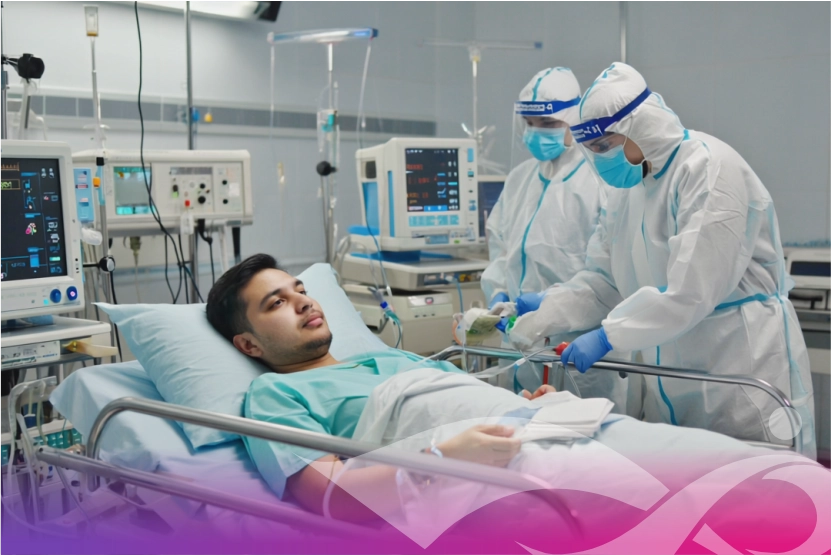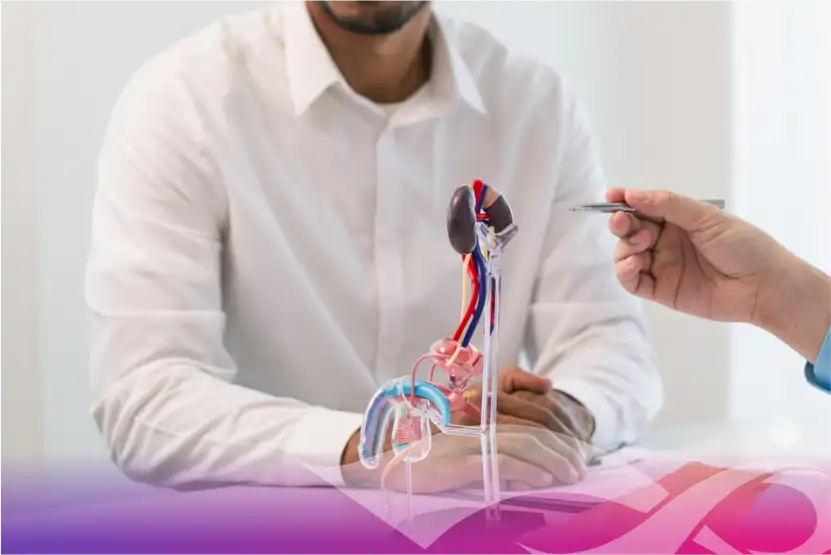For many patients suffering some kind of cancer or another serious blood condition, a bone marrow transplant offers a lifeline and hope for a cure. This operation keeps developing and has saved many lives even if it is challenging and demanding. Knowing the enormous impact a bone marrow transplant can have, at IOCI we are committed to helping our patients at every phase of this transforming trip. This procedure is critical for many, regardless of What cancer is and its types.
Describe bone marrow transplant.
A bone marrow transplant—also known as a stem cell transplant—is a medical procedure whereby damaged or diseased bone marrow is replaced by healthy bone marrow stem cells. Bone marrow, within your bones, is the spongy area where blood-forming stem cells are produced. These stem cells become red blood cells—which carry oxygen—white blood cells—which fight infection—and platelets—which help to clot.
Usually from diseases like leukaemia or lymphoma or from cancer treatments like high-dose chemotherapy or radiation, damaged bone marrow cannot produce healthy blood cells. A transplant aims to restore this essential capacity, allowing the patient's body to start producing normal blood cells.
Mostly, bone marrow transplants come in two flavours:
- Autologous transplant: Based on the patient's own stem cells. Stem cells taken from the patient are frozen before high-dose chemotherapy or radiation and subsequently refused to "rescue" the bone marrow.
- Allogeneic transplant: uses donor stem cells. The donor may be a matched relative—that is, a sibling or an unrelated matched donor found using a national registry. Sometimes this type of transplant is carried out when a patient's own stem cells are diseased.
The Transplanting Procedure
A bone marrow transplant usually consists in several phases:
- Review and Get Ready: Patients undergo extensive tests to determine their general state of health and make decisions about whether or not a transplant is the best option. Should an allogeneic transplant be scheduled, a suitable donor has to be found.
- High-dose therapy's conditioning: Conditioning—high-dose therapy—is the most intense step. The patient receives either high doses of radiation or chemotherapy. In allogeneic transplants, the main goals are to weaken the patient's immune system to prevent rejection of the new stem cells and destroy as many cancer cells as practically possible. For the new stem cells, this also creates space in the bone marrow.
- Stem Cell Infusion: After training healthy stem cells—either the patient's own or donor cells—they are transferred into the patient's bloodstream using a central venous catheter, much as in a blood transfusion. Naturally headed for the bone marrow, these stem cells begin to engraft and produce new blood cells.
- Engagement in recovery and enlists: Right now, the patient's immune system is quite compromised. They are rather prone to infections and require exacting care in sterile surroundings. Patients are under close observation during this period for problems including graft-versus-host disease (GVHD), particularly allogeneic transplants whereby the donor cells assault the recipient's tissues. This stage also highlights the importance of managing cancer treatment side effects and recovery.
Who Requests a Bone Marrow Transplant?
Usually used to treat different diseases, bone marrow transplants mostly address:
- Children's and adults' leukaemia: Especially acute myeloid leukemia (AML), acute lymphoblastic leukemia (ALL), and chronic myeloid leukemia (CML). This procedure is also considered for various stages of cancer and survival rates.
- Lymphoma: Comprising Hodgkin lymphoma as well as non-Hodgkin lymphoma
- Multiple Myeloma: Plasma cell cancer.
- Myelodysplastic syndromes (MDS): Inadequate healthy blood cell generation in the bone marrow causes diseases known as myelodysplastic syndromes (MDS).
- Aplastic anaemia: is the rare condition whereby the body stops producing enough fresh blood cells.
- Some solid tumours: Less commonly in particular advanced solid tumours.
A multi-disciplinary team always gives great thought to the choice for a bone marrow transplant, balancing the possible advantages against the intensity of the operation and associated risks. From pre-transplant evaluation to post-transplant recovery, our specialised transplant unit at IOCI guarantees patients receive the best quality of treatment and support all along their path.
Consult us at any of our locations—across IOCI Noida, Greater Noida, Mumbai, Indore, Aurangabad, Agartala, Saharanpur, Kanpur and Jodhpur.












